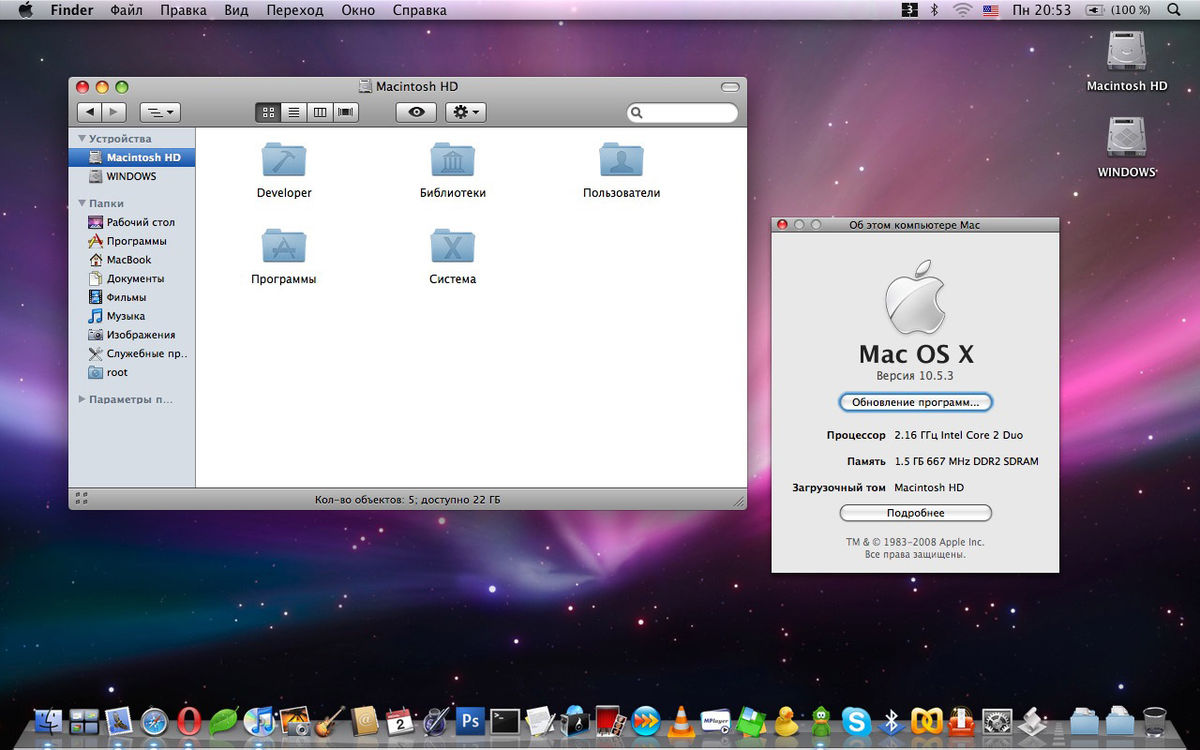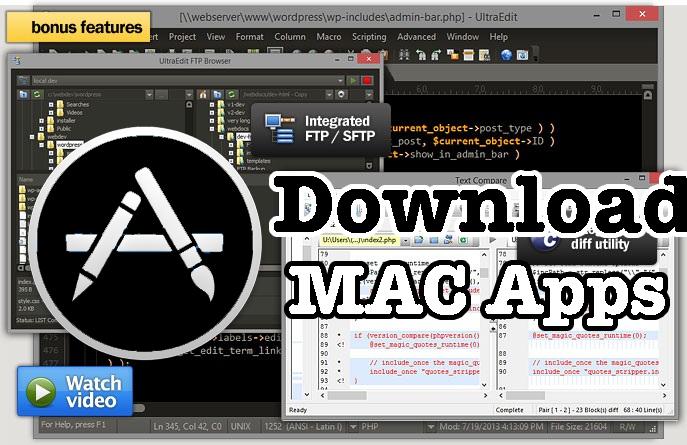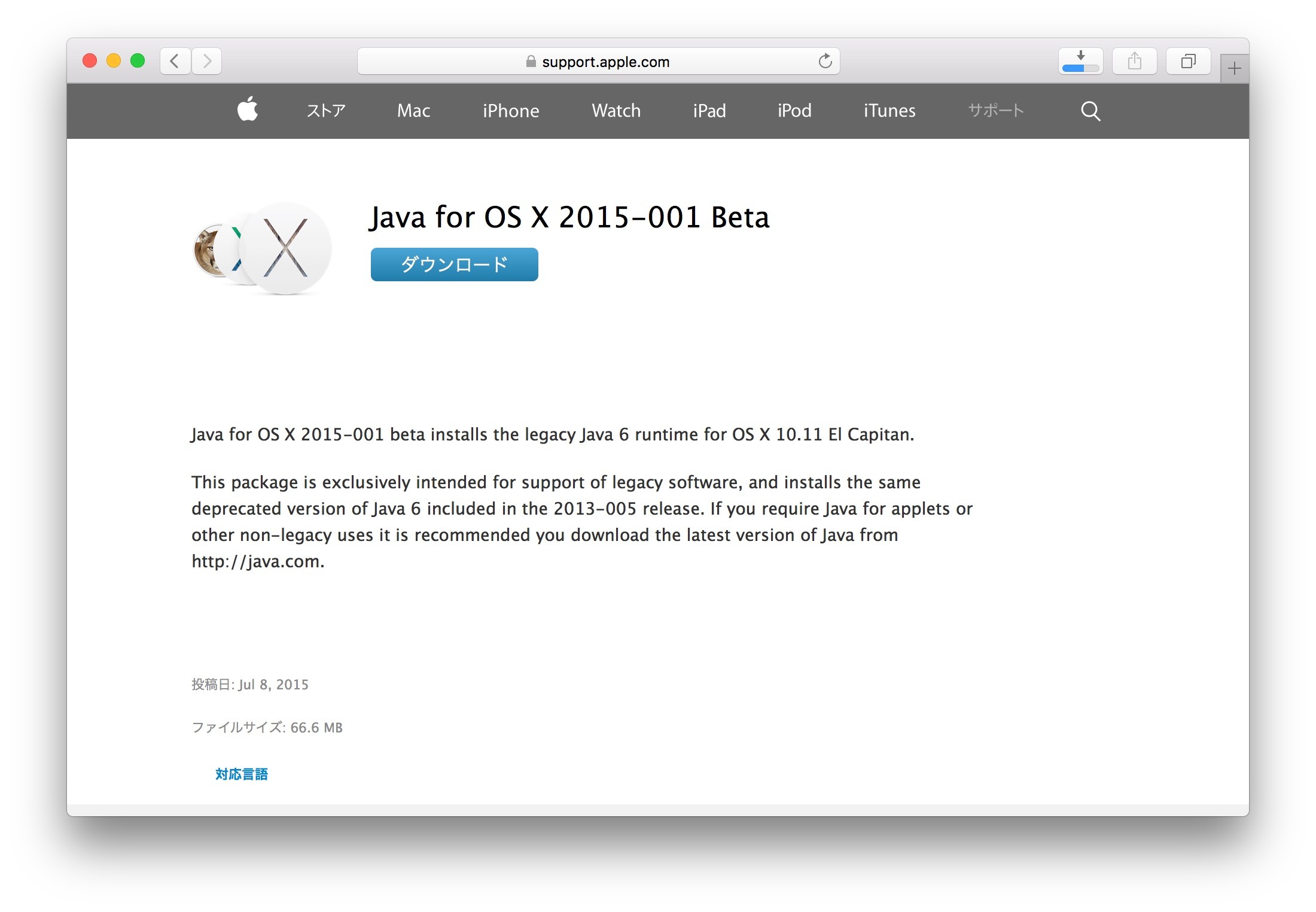
This is because command-line inerface is much more powerful and flexible than the graphical user interface. Programmers use a command-line interface (CLI) to issue text-commands to the Operating System (OS), instead of clicking on a Graphical User Interface (GUI). Unix/macOS system is case sensitive, a rose is NOT a Rose, and is NOT a ROSE. For example, if the current working directory is " /usr/lib/jvm/", then the relative pathname " jdk1.7.0_07/bin/" refers to " /usr/lib/jvm/jdk1.7.0_07/bin/". A relative path does NOT begin with " /" or " ~".
Java 6 for mac 10.7.5 full#
Their full filenames are /Users//Downloads, /Users//Documents, respectively. Your home directory ( /Users/) contains sub-directories such as Downloads, Documents. Users/peter, /Users/paul in macOS or /home/peter, /home/paul in Ubuntu. The users' home directories are allocated under /Users (for macOS), or /home (for Ubuntu), with a sub-directory name the same as the username, e.g.

Each user on the system is allocated a directory for storing his files, known as home directory. Unix is a multi-user operating system (although most of you, in particular the Mac users, use it as a single-user personal computer).
Java 6 for mac 10.7.5 windows#
Notes: Windows use " \" (back slash) as the directory separator, and may contain multiple root directories - one for each drive (e.g., c:\, d:\). Hard drives are mounted somewhere under the root directory. There is only one root directory for the entire Unix/macOS's file system. The sub-directories are also separated by a " /". The leading " /" (forward slash) denotes the root directory. Root Directory ( /)Ī file is identified via the directories and filename, e.g., " /usr/lib/jvm/jdk1.7.0_07/bin/javac".

A sub-directory may contain sub-sub-directories and files.

A directory may contain sub-directories and files. The directories are organized in a hierarchical tree structure, starting from the root directory. Files are organized in directories (aka folders).


 0 kommentar(er)
0 kommentar(er)
